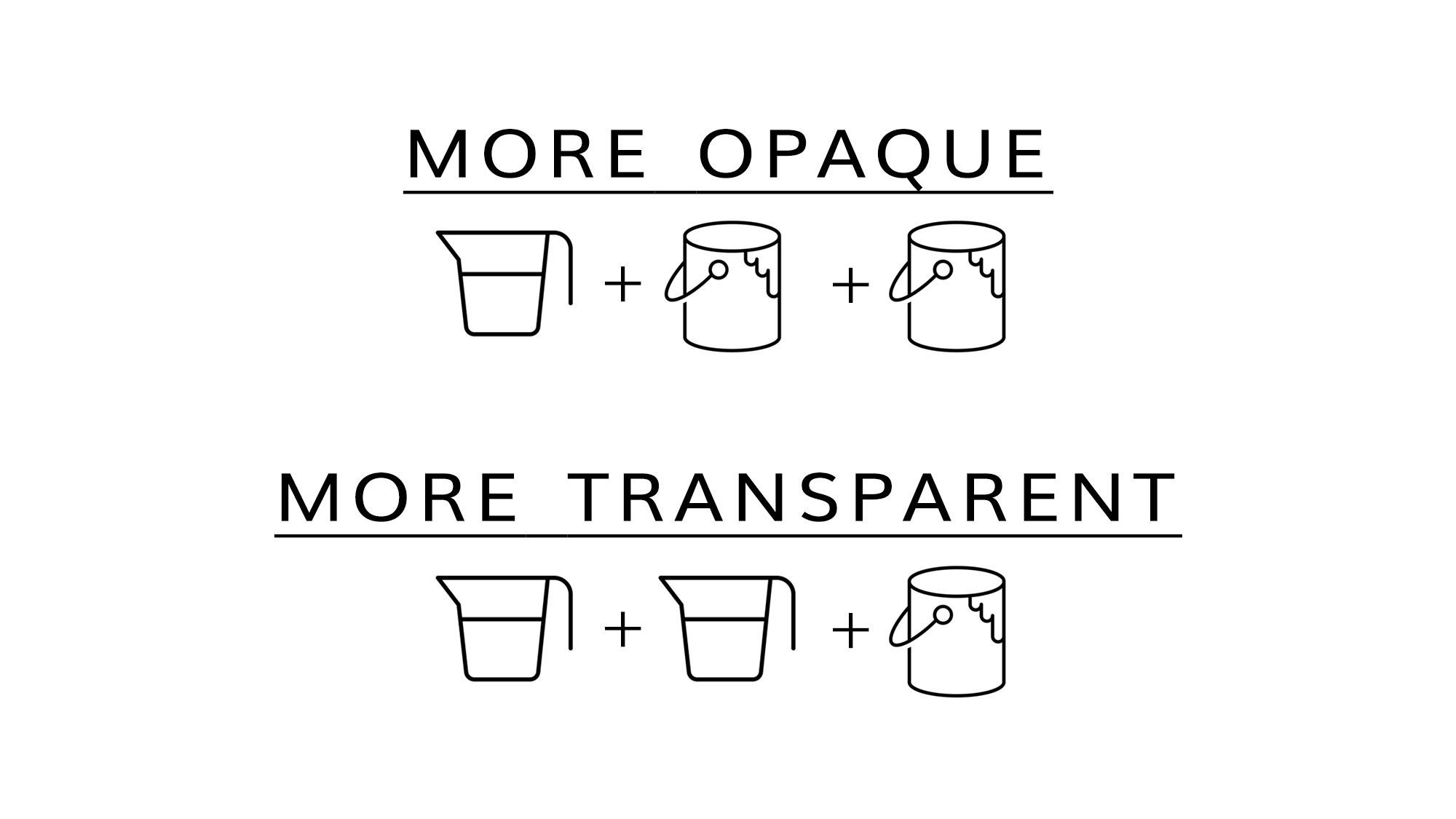Whitewashing wood is an excellent technique for lightening its appearance while still maintaining its natural grain and texture. This versatile finish can breathe new life into old furniture or add a rustic charm to bare wood surfaces.
In this video and guide, This Old House DIY expert Jen Largesse walks you through how to apply a whitewash finish to wood.
What is Whitewash?
Whitewash is a semi-opaque finish applied to existing finishes or bare wood. Unlike paint, which forms a solid coating, whitewash lets the base coat or wood grain show through, creating a unique and appealing aesthetic.
Whitewashing offers several advantages for wood surfaces.
- Cost-effective: Creating your own whitewash mixture is an affordable way to update wood surfaces.
- Customizable: By adjusting the ratio of water to paint, you can achieve various opacity levels.
- Easy application: The process is simple and forgiving, making it ideal for DIY projects.
- Preserves wood grain: The semi-transparent nature of whitewash allows the natural beauty of the wood to shine through.
- Versatile: Whitewash works with various wood types and existing finishes.
Preparing for Whitewashing
First, you’ll need the following tools and materials:
- Lint-free cloths
- Mixing container
- Paint stirrer
- Paintbrush
- Putty knife (optional)
- Sandpaper (optional)
- Water
- White water-based paint
Prepare the Wood Surface
To prepare your wood items for whitewashing, start by cleaning the surface to remove any dirt, dust or debris from the wood. Next, sand any rough or uneven surfaces. This will give you a smooth base to apply the whitewash. Once you’re done sanding, remove the dust using a tack cloth or a damp rag.
Create Your Whitewash Mixture

You can either purchase a premixed whitewash product or create your own mixture. Making your own allows for greater customization and control over the final result.
The standard ratio for whitewash is 1 part white water-based paint to 1 part water. This 1:1 ratio creates a balanced whitewash that allows the wood grain to show through while still providing noticeable color. You can adjust the ratio to achieve your desired effect: Adding more water will create a thinner, more transparent finish, while using more paint will result in a more opaque, solid white appearance.
Once you’ve mixed the solution, stir it thoroughly until its well combined. Then, test the mixture on a piece of scrap wood to verify the results.
Apply Whitewash to Wood
Now that you’ve prepared your surface and mixed your whitewash, it’s time to apply the finish. Follow these steps for the best results:
- Brush on the whitewash by applying the mixture to the wood surface using long, even strokes.
- Allow the whitewash to soak for about a minute to penetrate the wood.
- Wipe off the excess whitewash using a clean, lint-free cloth.
- Adjust the opacity by wiping more for a lighter finish or less for a more opaque look.
- Allow the first coat to dry completely before deciding if additional coats are needed.
Apply a second coat after the first has dried completely for an even more opaque finish. The wood grain should still be visible, even with multiple coats.
Advanced Whitewashing Techniques
Try the advanced methods below to create unique finishes.
Popping the Grain
Use this process to highlight, or pop, the wood grain:
- Apply water to the wood surface to raise the grain.
- Allow to dry completely.
- Apply whitewash solution.
- Use a putty knife to scrape off excess, emphasizing the raised grain.
Muting Yellow Undertones
For woods with yellow undertones, like pine, use this method:
- Mix a thin layer of gray paint with water.
- Apply this mixture to the wood.
- Allow to dry completely.
- Follow with a whitewash finish.
Creating a Weathered Look
For a rustic, weathered appearance, try this technique:
- Apply a dark wood stain to rough wood.
- Allow to dry completely.
- Apply whitewash over the stained surface.
- Scrape off excess whitewash with a putty knife.
Common Mistakes to Avoid
When whitewashing wood, watch out for these common pitfalls:
- Applying too thickly: This can obscure the wood grain and create an uneven finish
- Not testing first: Always test your mixture on a scrap piece to ensure the desired results
- Rushing the process: Allow adequate drying time between coats for best results
- Skipping proper surface preparation: Skipping cleaning or sanding can lead to poor adhesion
Caring for Whitewashed Wood
To maintain the beauty of your whitewashed wood surfaces, clean it gently, using a soft, damp cloth to wipe away dust and dirt. Avoid harsh chemicals: Stick to mild soap and water for cleaning.
Protect the surface from moisture by using coasters and placemats to prevent water damage on furniture. Touch up the whitewash finish every few years or as wear becomes noticeable.
